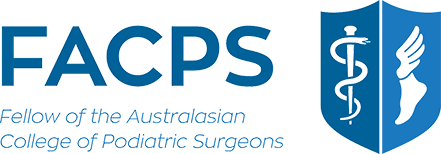Heel Pain
Heel pain is one of the most common conditions treated by podiatrists. Heel pain is sometimes known as plantar fasciitis or more correctly, plantar fasciopathy. The plantar fascia is a thick, broad band of tissue, which attaches to the calcaneus (heel bone), fanning out and attaching to the metatarsal bones in the ball of the foot.
Approximately 10 per cent of the population may have heel spurs without any pain. Both heel pain and heel spurs are frequently associated with an inflammatory process. There are often degenerative changes in the fibrocartilage of the tendon or ligament at its attachment site. Heel pain has many causes, including:
- trauma
- tendinopathy
- faulty biomechanics (abnormalities in the way we walk)
- systemic diseases such as arthritis and diabetes
- tarsal tunnel syndrome (a compressive neuropathy)
- neuromas (nerve growths)
- other soft tissue growths (space occupying lesions)
- bruises or stress fractures to the heel bone
- inflammatory bursitis, and
- calcaneal spurs.
Symptoms of heel pain may include pain beneath the heel area, particularly when first rising in the morning, and after periods of rest. When there is involvement of nerve structures, symptoms may also include pain, burning, tingling or numbness in the sole of the foot, sometimes radiating up the leg. The tarsal tunnel is a fibro-osseous tunnel around the ankle region on one side of the foot. Only relatively few cases of heel pain require surgery.
Surgery is indicated if non-surgical measures have been exhausted and pain is interfering with quality of life on a day-to-day basis. Surgery may involve release or resection of a portion of the plantar fascia, or release of the structures around the tarsal tunnel (tarsal tunnel decompression), removal of a calcaneal spur, or lengthening of the Achilles tendon or calf muscle complex.
Look around
Sign up for updates
Catch up on the latest industry news and foot health tips by signing up to our newsletter. You can also read up on all of our articles on our blog.
You need a helping hand with your project?
Thanks for signing up to our mailing list!
Please try again later
Opening hours
Monday 8am–5pm
Tuesday 7am–5pm
Wednesday 8am–7pm
Thursday 8am–7pm
Friday 8am–5pm
Disclaimer: The information in this website is not intended to be a substitute for professional Podiatric or medical advice. Always seek the advice of your Podiatrist or other qualified health practitioner before starting any new treatment or if you have any questions regarding a specific health condition.
Site by Helium Marketing


